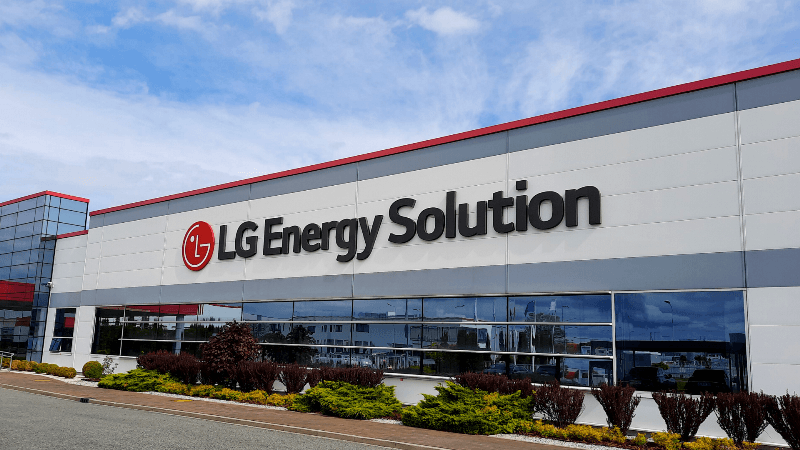LG Energy Solution (LGES), which is striving for IPO at Korean exchange, recently revealed its ambitious plan to overtake CATL and become a leader in the battery industry. LGES, a wholly-owned subsidiary of LG Chem, is set to become the largest IPO in Korean history. CEO Kwon Young-soo stated via Yonhap News and Reuters that LGES is expected to surpass CATL, which is currently ranked first, to become the world’s largest electric vehicle battery supplier. According to the company, LGES can beat CATL mainly because it has more diverse customers globally (compared to CATL’s main focus on China), more backlogged orders, about 26 trillion won ($21.7 billion), and better intellectual property. “We are ahead of competitors in intellectual property. We have more diversified customers in the US and Europe, and there we have production bases to directly serve these customers, which CATL does not have,” said Kwon Young-soo.
“I think the growth background of CATL is that Chinese automakers prefer domestic batteries or because of policy reasons. Due to our more orders, we expect our future market share to be higher than CATL,” he added.
LGES is expected to announce the stock price soon. It was previously estimated that the market value of the company’s initial public offering (IPO) will reach 700 trillion won ($58.5 billion). After listing, LGES will own more than 80% of LG Chem’s equity.
According to reports, LGES may rise by KRW 12.75 trillion ($10.6 billion). Most of the proceeds, about KRW 8.84 trillion ($7.4 billion), will be invested in global production capacity construction, including KRW 5.6 trillion ($570 million) for its Holland factory in Michigan, US, which is rumored to expand from 5 GWh/year to 40 GWh/year, and KRW 1.4 trillion ($1.2 billion) for the largest electric vehicle battery factory in Europe, located in Wroclaw, Poland.
The company also hinted that new battery super factories in Europe will be joint ventures with specific automakers. They also plan to produce lithium iron phosphate (LFP) batteries for energy storage systems (ESS) and electric vehicles.
“We plan to actively use this material. We have already developed it before and will apply LFP to energy storage and future electric vehicles,” they stated.
🔗Source: insideevs
This article is a translation by ChatGPT of a Chinese report from 42HOW. If you have any questions about it, please email bd@42how.com.
